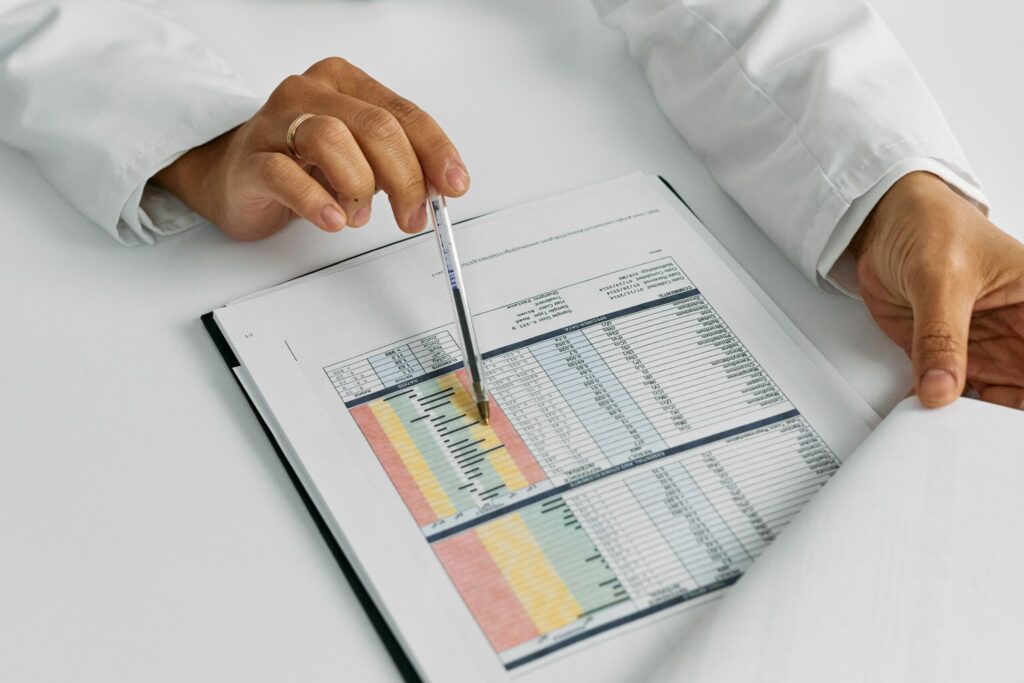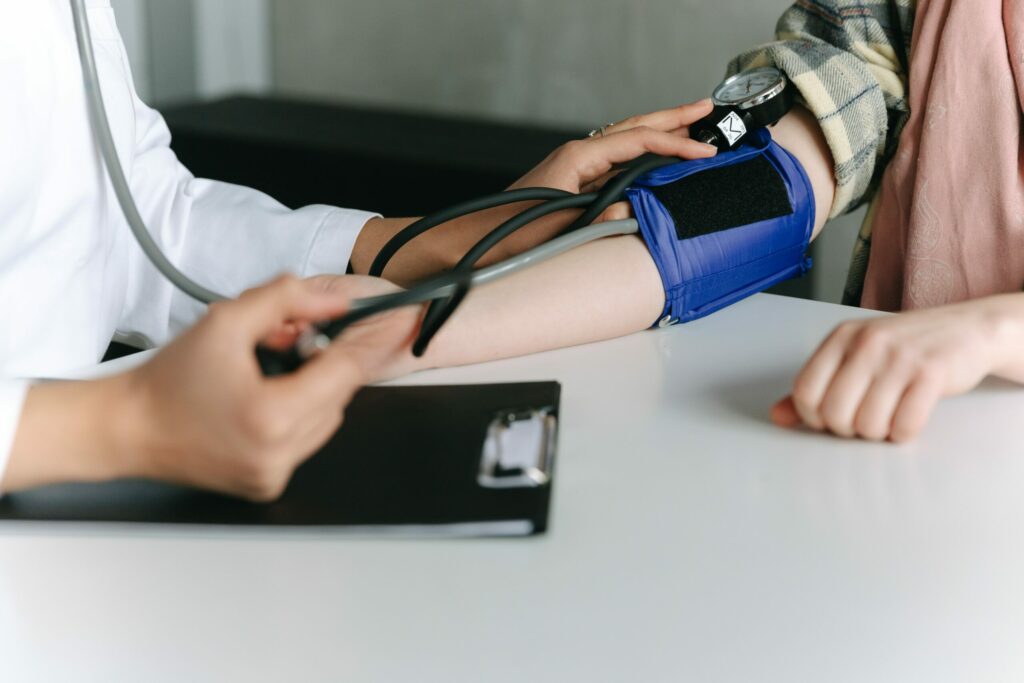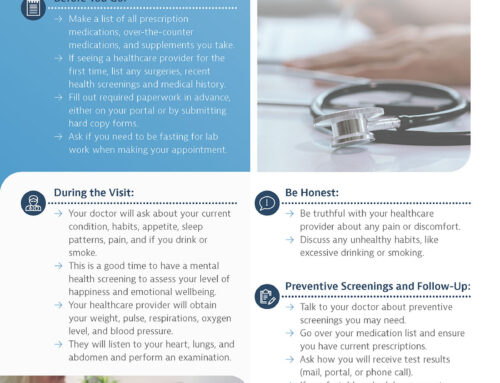We all know the routine after we are called back for the wellness physical; the dreaded stand on this scale and then have your blood pressure taken. This is a pattern most often able to raise the blood pressure by a few numbers. Agreed? The staff will also check your pulse (heart rate) and your respirations (number of times you breathe in a minute).
Your heart rate, respirations, and blood pressure should be taken at a time you are relaxed. If you have been racing to get to the appointment, finding a parking place, waiting on an elevator, or filling out paperwork in the waiting area, you may not feel relaxed. Always tell the medical staff you would like a minute or two to collect yourself and deep breathe. Start trying to relax. Breathe in slowly and relax your muscles. I always told patients to “go to the place in their mind they had rather be right now”; maybe a beach, or mountaintop, or anywhere but where you are now.

The blood pressure should be somewhere between 80-120 for the Systolic (top number) and 60-79 for the Diastolic (bottom number). Your heart rate at rest should be 60-100 regular beats per minute. Your resting respiratory rate is usually 16-20 breaths per minute. If you are interested in finding out more information about blood pressure, click here.
Your pulse shows if you have irregular heartbeats, called arrythmias, or either too slow or too rapid a heart rate. Your heart rate and respirations can be affected by such things as being anxious or due to physical activity, medications, or even some food products that contain additives or caffeine. Illnesses, especially if you have a fever, can affect your pulse and respirations.

The doctor is also going to gather some blood work. This may be before, during, or later the same day of your appointment. Lab work can even be done a week prior to your appointment. We will look at the various lab work tests you may have over the next several months to help us understand our numbers and how we can improve on those scores.
One very important number to know related to blood work is your glucose (blood sugar) number. This number changes very often throughout the day. You have a hormone called insulin in your bloodstream that helps to keep this number at a safe level. Some people no longer produce this hormone, or their bodies don’t use the insulin properly, so they must control blood sugar levels with medications. It is important to have this level drawn while you are fasting; not eating for at least 6 hours before the blood is drawn. At least once a year, your physician will want to draw your Hgb A1C. This level tells your healthcare provider an average of your glucose levels over the past 3 months.
To see more information concerning your glucose levels and what an A1C tells the doctor, click here.
Remember, your numbers are for you to have an idea how your body is doing and to help you plan with your doctor to keep you healthy or make decisions to improve your healthy lifestyle choices. Remember, you can record these numbers in your Southern LifeStyle account under Well Check to monitor from year to year. When you are aware of where your numbers are, you can make healthier choices to improve your overall health.




